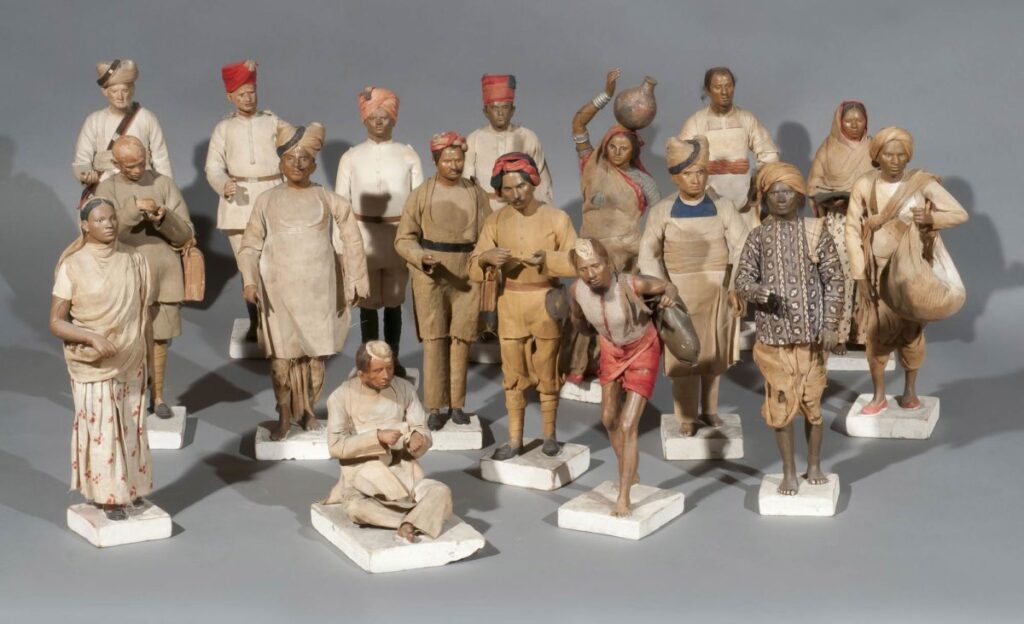
Menu

Krishnanagar, in the Nadia district of West Bengal, is globally acclaimed for its exquisite clay dolls—miniature masterpieces that have transcended generations. These dolls, often crafted in the neighborhood of Ghurni, are known for their realistic expression, fine detailing, and vibrant storytelling through form.
The tradition began in the 18th century under the patronage of Maharaja Krishnachandra, who brought skilled artisans to Krishnanagar. Over time, these craftsmen developed a style unique to the region, with figures portraying gods, goddesses, village life, animals, and even scenes from everyday urban settings.
What makes Krishnanagar dolls special is their remarkable realism. Artisans use wire skeletons and shape figures using a mix of fine clay and cotton. Once dried, the dolls are carefully painted and decorated with fabric, hair, and miniature accessories. The result is a figure that looks almost alive—whether it’s a farmer plowing the field or a dancer caught mid-step.
While modern toys flood the market, Krishnanagar clay dolls remain a symbol of cultural pride and storytelling heritage. Today, they are collected not only as souvenirs but also as artifacts representing India’s folk artistry on global platforms.
